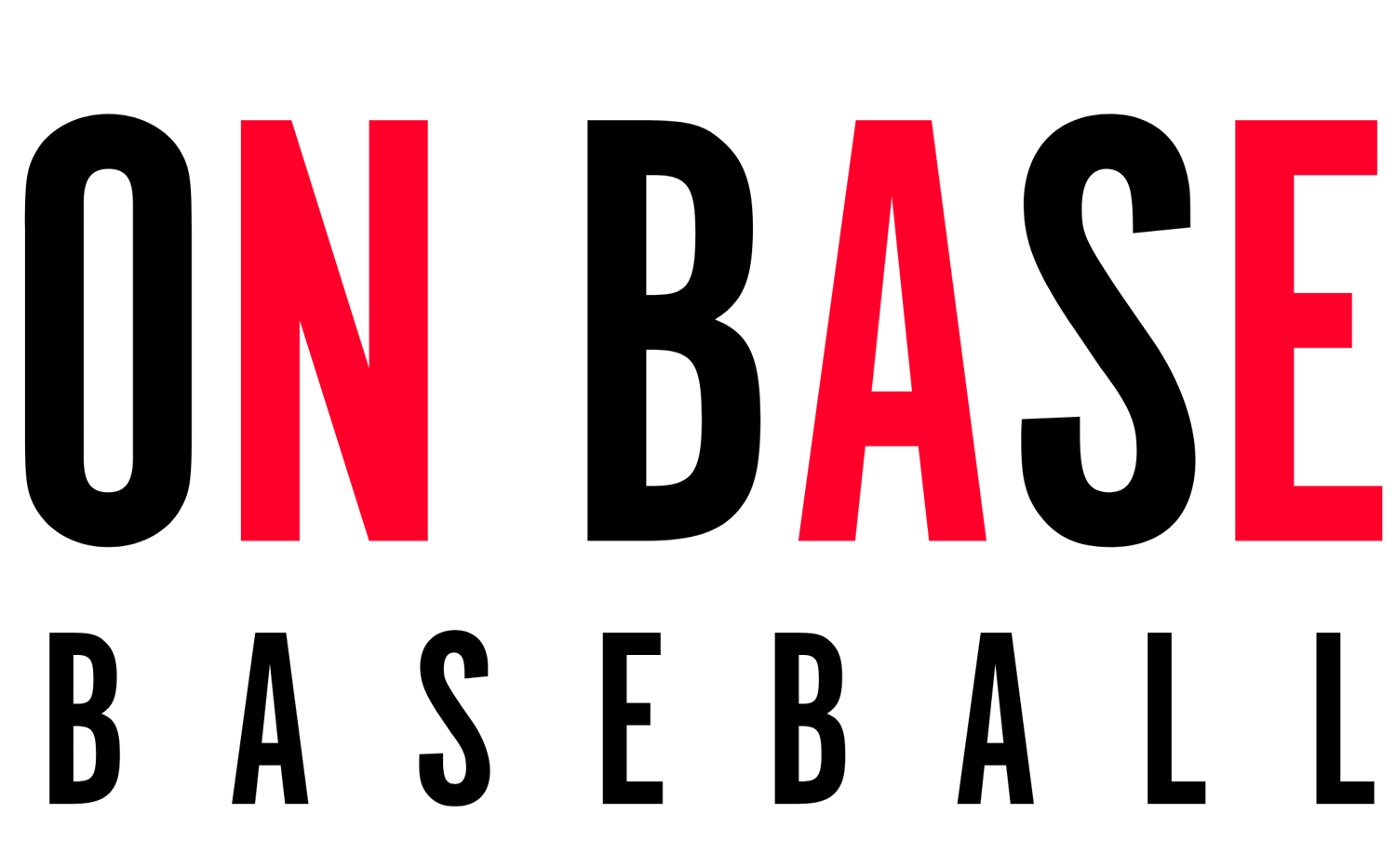Here is a recent review from Chuck, who was playing the 1970s World Series set, featuring the 20 teams in the World Series from 1970-79. Purchase the 1970s World Series set
Purchase and Delivery
The delivery of the game was instantaneous. Within seconds of clicking “Buy Now,” the game was available for download. Within one or two minutes I had printed out the rules, the scoresheet, game engine, and four teams.
In regards to printing, I really like the cutlines on each card as it made it very easy to cut the individual cards. The appearance of the cards is very clean and easy to read.
I had watched about 12 minutes of the video (which was informative and well-done) and then read through the rules twice before doing a two-inning walk through. After that, I was ready to start a five-game series between the 1972 Reds and 1972 A’s.
Positives
There are not a lot of rules, which means that each gamer can tailor the game to their own individual level of intensity.
Each team had about 25-30 players, which was enough for me. In the rulebook there is a video mentioned that I can watch if I want to add additional players to a team. With each of the teams I printed out there was a sheet of blank templates that could be used for creating additional players.
The play of the game is fairly straightforward with the results coming off the cards. I get frustrated with some board games when I have to continually do range/error checks. For me, the game flowed smoothly and I was able to visualize the plays as they were happening. I played each game in 30 minutes or less--including keeping a scoresheet and making substitutions.
I liked that the pitchers’ stamina was based on Batters Faced, not Innings Pitched. To me, that is more realistic.
Negatives
Looking at the four teams that I printed out, it appears (at least to me) that all four teams have the same Pitcher Hitting Card. I would like for the starting pitchers to at least have some type of individual Pitcher Hitting Cards. Other games have a grouping of at least five--and sometimes more--Pitcher Hitting Cards. That would benefit good-hitting pitchers while penalizing weak-hitting pitchers.
While the players are rated for overall defense, I would like to see some type of rating for outfielder arms. Runners would be less likely to tag and run on outfielders such as Dave Parker, Roberto Clemente, or Dave Winfield. Meanwhile, they would probably run with abandon on weak-armed outfielders.
The same holds true for catchers in regards to stolen bases. Runners would be less likely to run on strong-armed catchers such as Johnny Bench.
House Rules
Instead of using the dice roller I rolled two white, six-sided dice, a red six-sided dice, and a blue ten-sided dice. The two white dice took care of the roll. The red dice was for the fielding position on a ground ball, with the #2 being allocated to the shortstop (in addition to the normal #6). The ten-sided dice was for fly balls, with the left fielder getting #1-3, the center fielder getting #4-6, and the right fielder getting #7-9. If I rolled a #10, I considered it a pop up to an infielder or the catcher, with the catcher getting #1 and #2.
Gamers can tailor or tweak this game to their own preferences. I used Payoff Pitch’s rules for playing the infield “In” or the “Corners In” for a runner on third and less than two outs.
Final Thoughts
Over the years, I have played a number of games. Some of them I liked and others I regretted getting. I enjoyed playing this game and look forward to rolling some more games. For me, the game was fun. In the end that is what I wanted: a fun game.



Comments ()